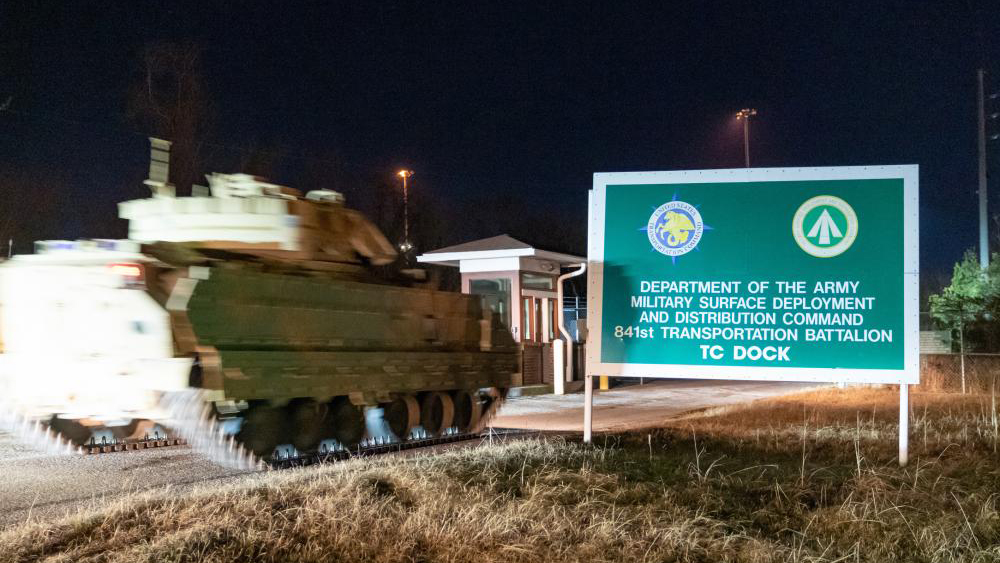The first batch of the total of 109 Bradleys promised to Ukraine was loaded onto the ARC Integrity, a roll-on roll-off cargo vessel, on January 25th at the Transportation Core Dock in North Charleston, South Carolina. The shipment has yet to arrive in Ukraine, but its arrival will be updated in the near future.
Air Force General Jacqueline Van Ovost, commander of U.S. Transportation Command, emphasized the importance of logistics and the complexity of power projection and sustainment in Ukraine. She also acknowledged the strong relationships with allies and partners that provided access, basing, and overflight for the delivery of aid.
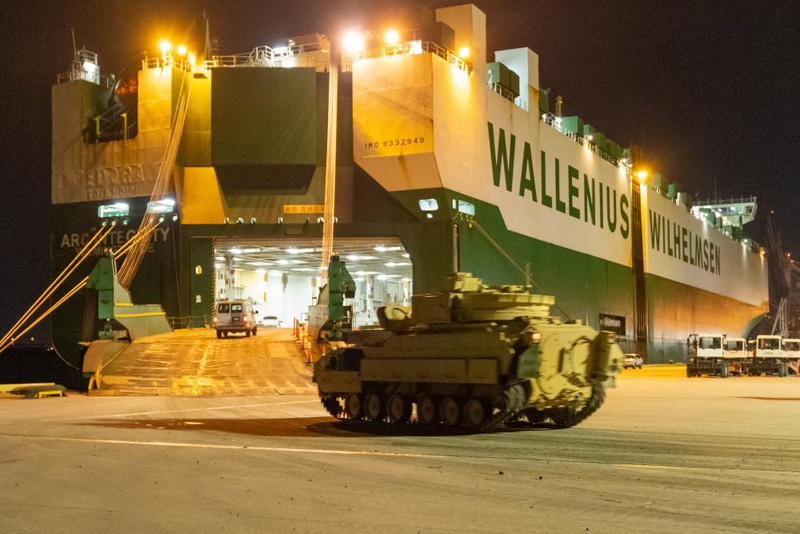

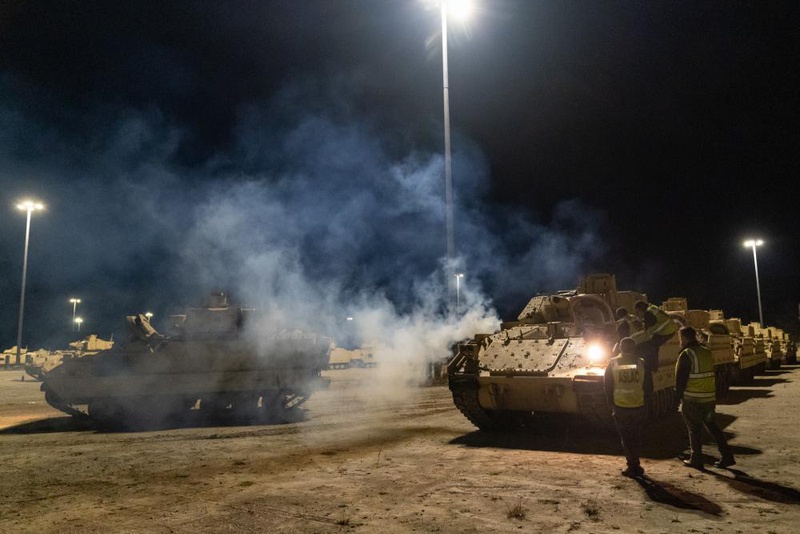
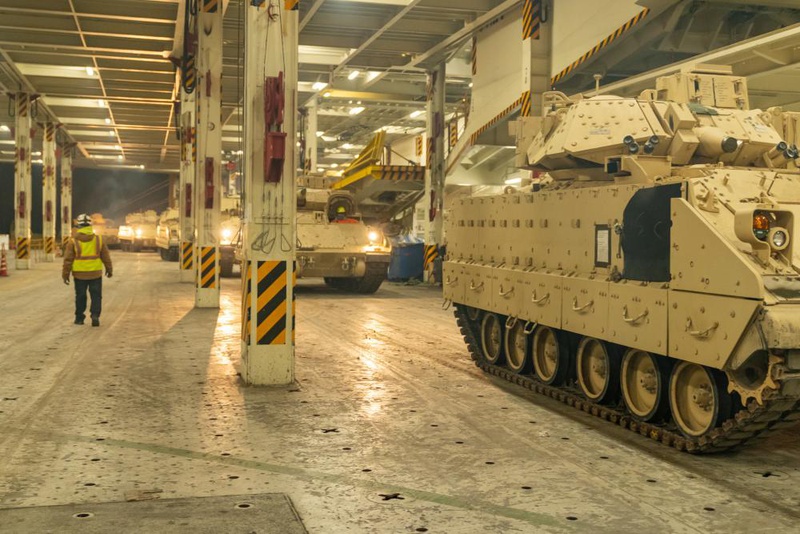
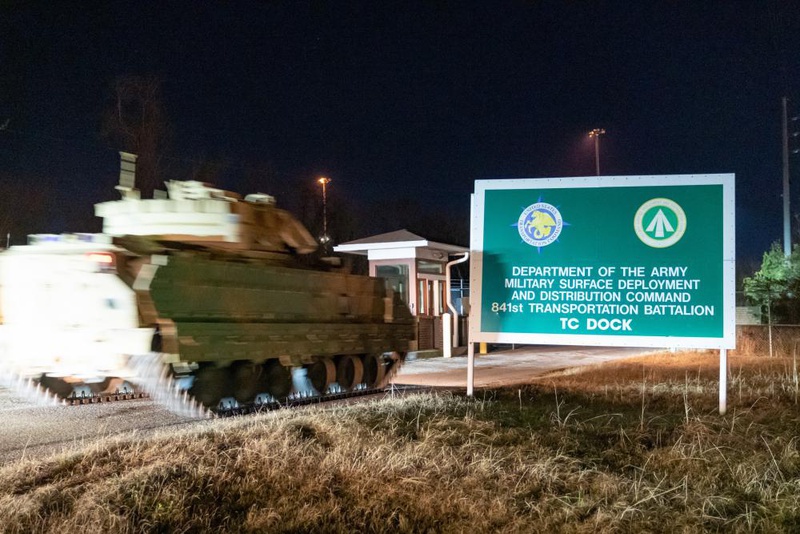
A convoy of Bradley Fighting Vehicles load onto the ARC Integrity Jan. 25, 2023, at the Transportation Core Dock in North Charleston, South Carolina. Photo by Oz Suguitan / U.S. Transportation Command
On Jan. 5, President Joe Biden announced that Bradley M2A2-OSD would be sent to Ukraine. There were 50 in that first tranche, as part of a $2.85 billion Presidential Drawndown Authorization, according to the Pentagon. On Jan. 19, the Pentagon announced that 59 additional M2A2-ODS vehicles were headed to Ukraine as part of a newer $2.5 billion Presidential Drawdown Authorization.
While more than half the Bradleys promised to Ukraine have been shipped out, it will still be a while before they get into the fight.
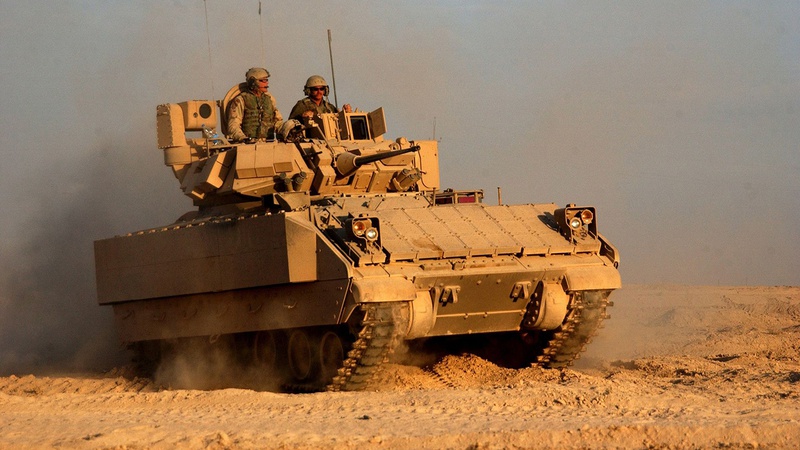
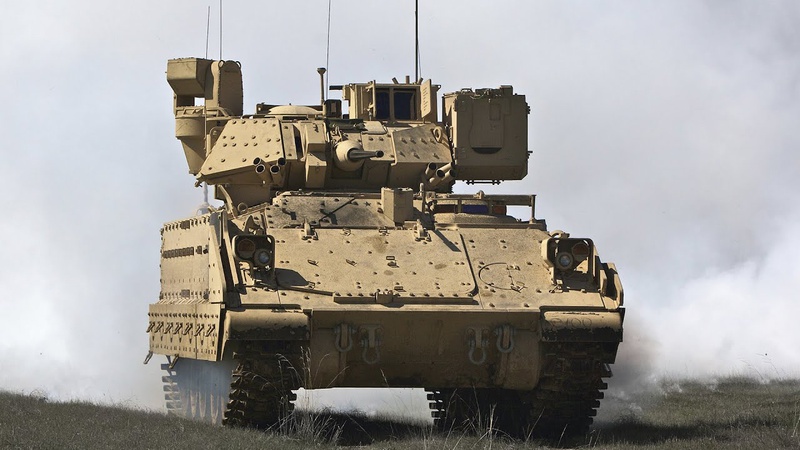
M2 Bradley
The M2 Bradley is an American infantry fighting vehicle (IFV). It is a type of armored vehicle that is used to transport and support infantry on the battlefield. It is equipped with a turret that has a 25 mm cannon and a 7.62 mm machine gun. It can carry a crew of three and up to six infantry soldiers.
One of the main advantages of the M2 Bradley is its ability to provide protection for the soldiers inside from enemy fire. It is also highly mobile and can travel over rough terrain.
The M2 Bradley has a combat history dating back to the 1980s. It has been used in a number of conflicts, including the Gulf War, the War in Afghanistan, and the Iraq War. It is currently still in use by the US military and several other countries.
